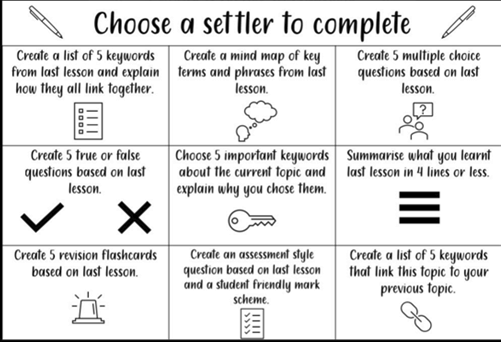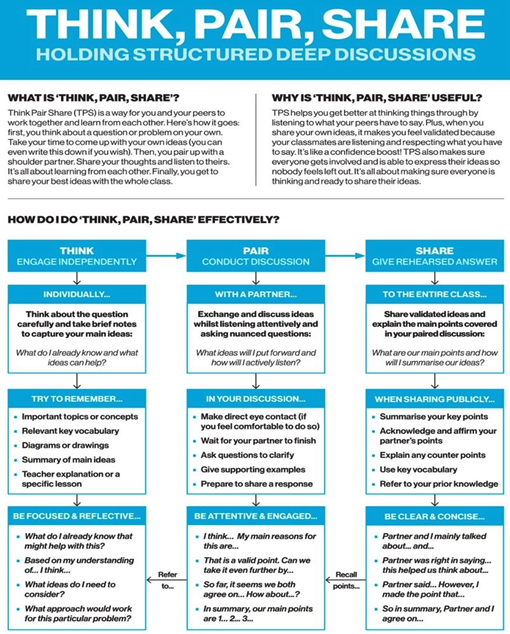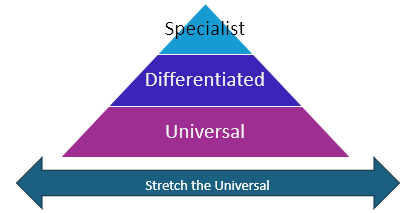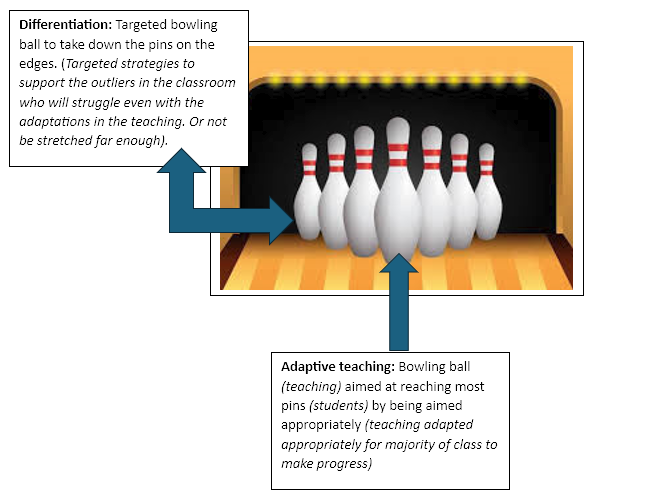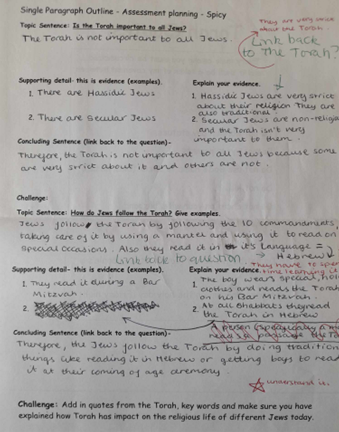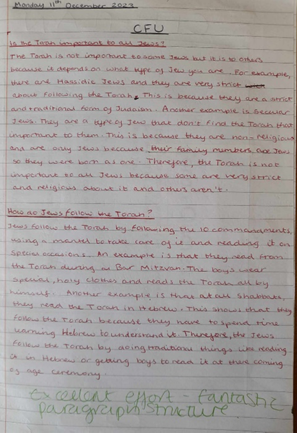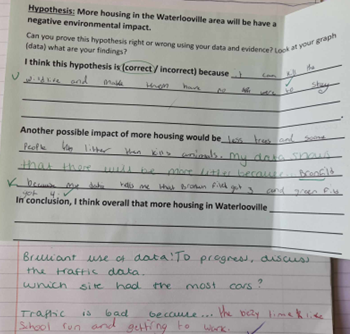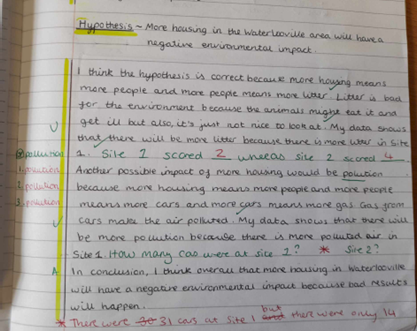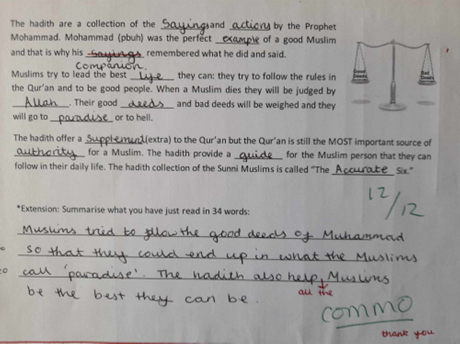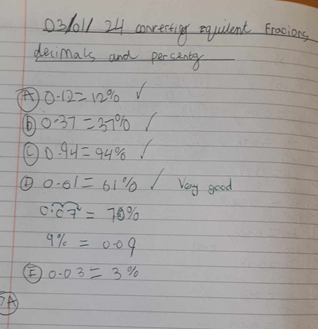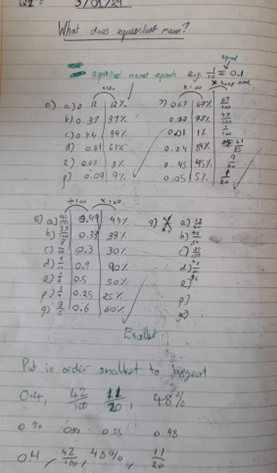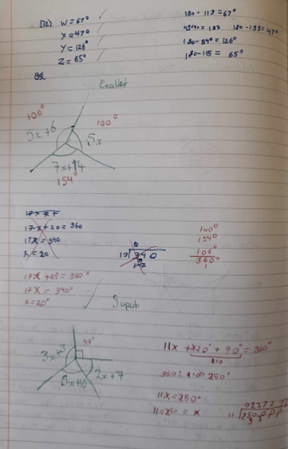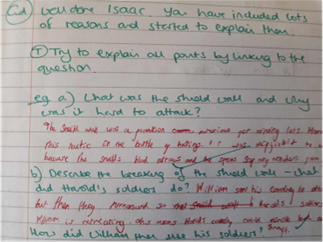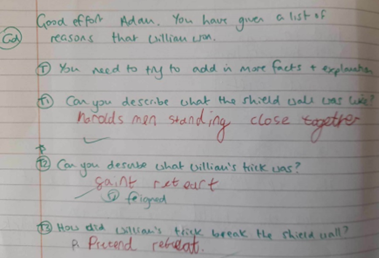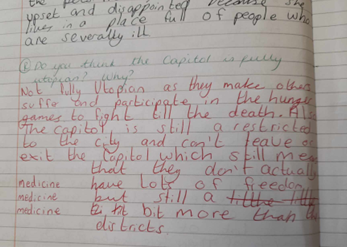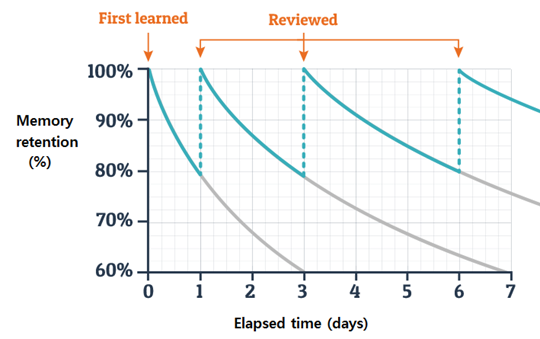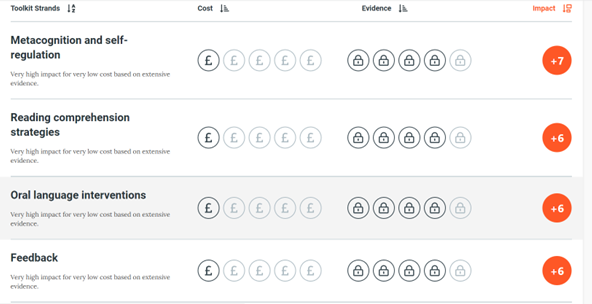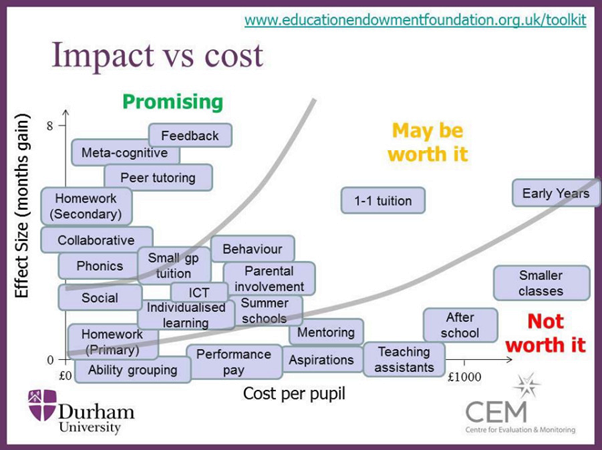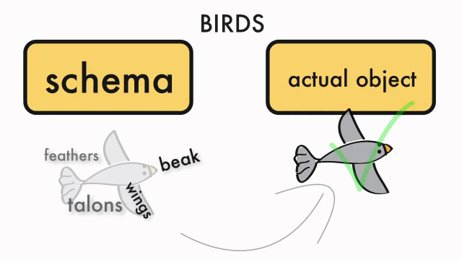October Blog 2024
As we approach half-term, I thought it would be good to reflect on what we have achieved as a teaching team over the last couple of years. It is important to celebrate the steps forward we have taken and how these have had a positive impact on the students we teach. You will have seen the GCSE results this summer, which are a testament to the improvements we make every day in the planning of our lessons, the feedback we give, and the quality of teaching we provide in the classroom. The feedback from prospective parents was overwhelmingly positive this term, with many parents eager to secure their child a place at our College due to our growing reputation in the community.
You will have also seen the Hampshire external reports highlighting the positive aspects of our teaching and learning ethos. All our recent staff, student, and parent feedback has been positive, which reflects the views of all major stakeholders. These are all examples of why this is a great College to work in. Thank you, and I know this is recognised by SLT, parents, governors, and any visitors we have at the College.
So, for this blog, I just want to recap on all the emails, blogs, and training we have delivered over the last few years and condense them for us all. This is nothing new, just a handy tool to help answer that internal question we all have at times: “Am I doing the right thing?”
Planning
-
Medium Term Plans are on itslearning and live for students, with resources made available for them to use. Show the students.
-
All components should be based around a ‘Big Question,’ which students should be checked on at the end. These should be matched to the curriculum map.
-
Activities should be planned to support all learners, with consideration on how to extend and support where needed. Fill out the challenge box to remind you to challenge HA students at points in those components of learning.
-
Homework should be planned, differentiated where needed. All homework must be set through itslearning, even if set through another platform.
-
Plan regular assessments to check on learning, and then consider how our MTP’s should reflect this moving forward.
-
Week-by-weeks must be planned as per the ARR calendar. We want students to know assessments are coming up and how to prepare for them.
-
We expect at least one homework and one assessment per half-term to be reflected in the assessment record on itslearning.
-
Adapt MTP’s for your class and consider how to differentiate for outliers.
Feedback and Marking
-
Feedback every two weeks in core lessons and every three weeks in foundation lessons.
-
This should include at least one piece of student work marked, with formative feedback to help the student improve that piece of work. Question-based feedback is recommended.
-
Students should respond, and the teacher should check this.
-
Mark for literacy when you do this.
-
Use live marking where possible.
Teaching
-
Welcome at the door: Check uniform and ensure the start of the lesson is orderly.
-
Have a ‘Do Now’ task ready while you take the register.
-
Go through the Big Question for this component of learning.
-
Use CFU at key points in the lesson, such as mini whiteboards, think-pair-share, or cold calling.
-
Model work through the ‘I do, we do, you do’ structure.
-
Encourage discussion where possible, following the Crookhorn rules for discussion.
-
Move around the room as much as possible. Position yourself where needed and be full of positive praise for students when you can.
-
Have your green pen in hand when moving and get into the habit of giving live feedback in the moment.
-
Differentiate in real time and adapt the lesson as it progresses, based on what you learn from CFU.
These are the Crookhorn standards, and if we all follow them consistently, we know it will benefit everyone. We are an excellent group of staff who work extremely hard to ensure we give our students the best possible outcomes. Thank you for all the hard work you put in every day to make this College the great place it is to work. Any comments or questions are gratefully received.


